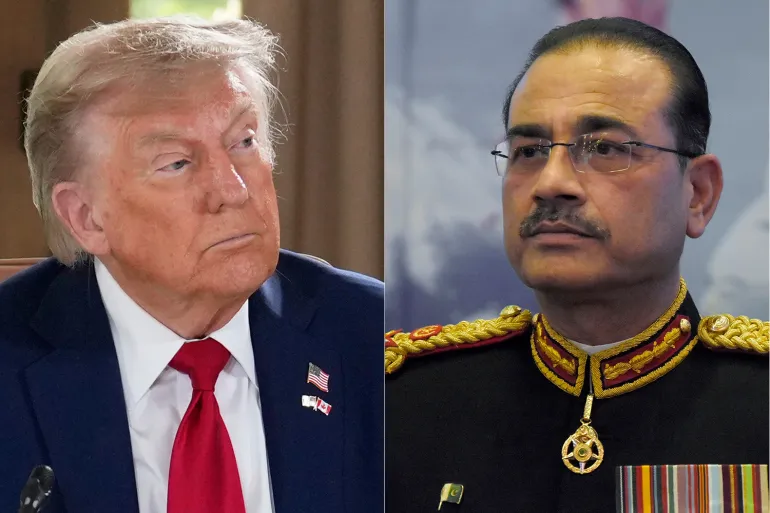As the United States redefines its role on the global stage, Pakistan has once again found itself in the spotlight of American foreign policy. Under former President Donald Trump, U.S.-Pakistan relations experienced a rollercoaster of highs and lows — ranging from open criticism and aid cuts to renewed cooperation on Afghanistan. Today, as Trump’s policy outlook continues to influence U.S. diplomacy, analysts are asking: What do these signals mean for Pakistan?
A Relationship of Strategic Necessity
The U.S.-Pakistan relationship has historically been one of strategic necessity rather than unconditional partnership. During the Cold War, Pakistan aligned with the U.S. against Soviet influence. In the post-9/11 era, Pakistan became a critical ally in the “War on Terror.”
Trump, however, disrupted this pattern by questioning Pakistan’s reliability. In his early presidency, he accused Islamabad of harboring terrorists and suspended $1.3 billion in security aid. This rhetoric strained ties and raised concerns about Pakistan’s diplomatic standing.
Shifts Toward Cooperation
Despite the rocky start, the Trump administration later recognized Pakistan’s importance in facilitating peace talks with the Taliban. Pakistan’s role in brokering dialogue between the U.S. and Afghan insurgents proved pivotal, restoring some trust between Washington and Islamabad.
Trump even met then-Prime Minister Imran Khan in 2019, signaling a willingness to re-engage. This meeting marked a turning point, where the U.S. acknowledged Pakistan’s influence in stabilizing Afghanistan and securing regional peace.
Economic & Military Dimensions
For Pakistan, U.S. foreign policy signals are closely tied to military aid, trade, and financial stability. While China remains Pakistan’s closest economic partner through CPEC, the U.S. is still one of its largest export destinations.
- Military cooperation: Aid suspension under Trump forced Pakistan to seek alternative defense partnerships with China, Russia, and Turkey.
- Economic ties: Despite diplomatic tensions, Pakistan continues to rely on U.S. markets for textiles and exports.
- IMF and financial stability: U.S. influence in global institutions like the IMF indirectly impacts Pakistan’s access to loans and bailouts.
Regional Implications
Trump’s tough stance on Pakistan was closely tied to his India strategy. By strengthening U.S.-India relations, Trump indirectly pressured Pakistan, particularly regarding Kashmir and cross-border militancy. This alignment left Islamabad wary of Washington’s long-term intentions.
At the same time, Trump’s unpredictability offered opportunities. Unlike past administrations, he showed openness to direct deals and quick diplomacy, giving Pakistan leverage in negotiations.
Future Outlook
Even though Trump is no longer in office, his policies continue to shape U.S.-Pakistan engagement. A potential Trump return to power would likely bring:
- Tougher demands on counterterrorism.
- Transactional diplomacy — aid in exchange for strategic concessions.
- Stronger India ties, leaving Pakistan to balance carefully between Washington and Beijing.
Pakistan’s challenge lies in diversifying alliances while keeping ties with the U.S. stable. The evolving geopolitical chessboard — with China, Russia, and Middle Eastern states in play — means Islamabad must navigate foreign policy with caution and adaptability.
Conclusion
Trump’s foreign policy signals remind Pakistan of a hard truth: U.S.-Pakistan relations are driven not by friendship but by mutual strategic needs. As global politics shift, Pakistan must balance American expectations while strengthening regional partnerships. Whether Trump returns to office or not, the era of unconditional U.S. support is over — and Pakistan must chart its path
